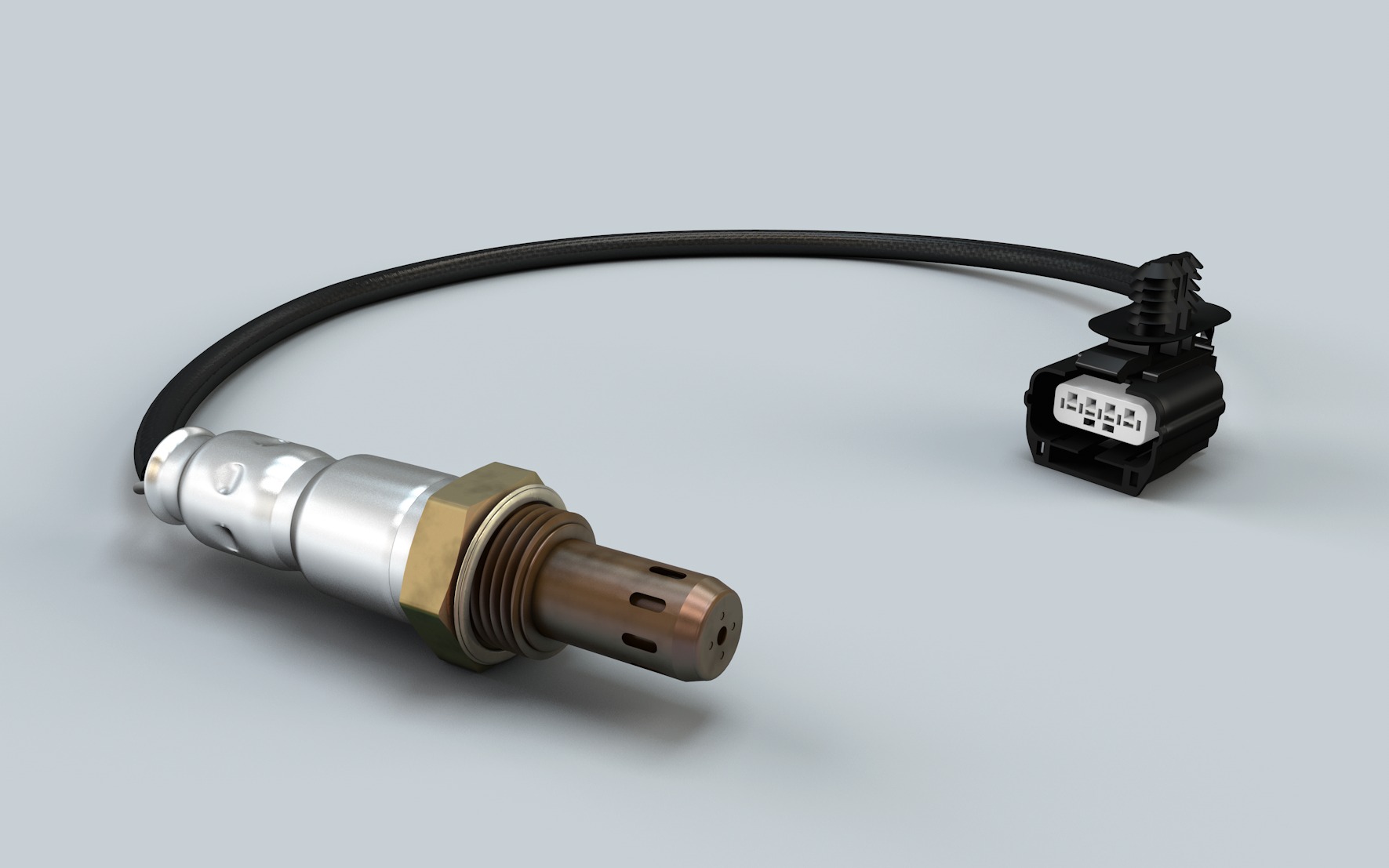Every year we see an alarming report on air pollution published by some reputed agency. The IUCN, UNEP, World Bank, and the World Health Organisation (WHO) are prominent authorities in environmental research and almost every report they publish on air pollution reflects the deteriorating air quality in Indian cities. If you see the list of the top 100 most polluted cities in the world, you’ll find that more than 60% of the cities are from India, a dubious distinction for an aspiring superpower. This has prompted government and private enterprises to come up with clean energy solutions like the solar panel cleaning robot in India to give a major boost to renewable energy in India.
The data screams loudly of impending doom if things keep going as usual. We need to take effective steps in controlling air pollution and we need to take them now. A piecemeal approach to tackling air pollution is no longer an option; we need rapid technological solutions. Adoption of clean energy systems and monitoring of air quality with vehicular emission monitoring systems like an oxygen sensor have to be sped up. Environment monitoring is the first step in finding concrete solutions to air pollution and these sensors play an integral role in the process.
In this article, we’ll expand on this emission monitoring system in more detail and find out how it helps in controlling air pollution.
What is an oxygen sensor?
An oxygen sensor, also known as an O2 sensor, is a sensor commonly found in the exhaust system of vehicles. The sensor detects the oxygen from the exhaust gas released from the vehicles. The oxygen level information so detected is crucial for the engine control unit (ECU) to adjust the air-fuel mixture to optimise combustion and reduce emissions.
These sensors help ensure that the engine runs efficiently and emits fewer pollutants by providing real-time feedback to the ECU. They come in different types, including narrowband and wideband sensors, each with its specific application and measurement range. These sensors play a vital role in modern automotive emissions control and fuel efficiency systems.
Following are the conditions in which these sensors operate optimally.
- Temperature: 0℃ to 50℃
- Operating Pressure: 0.5-2.0 bar
- Operating Humidity Range: 0-99% Relative humidity
How can oxygen sensor monitoring help in controlling air pollution?
Oxygen sensor monitoring is an essential component of modern emission control systems in vehicles. It helps in reducing harmful emissions, keeping a check on combustion levels, and ensuring regulatory compliance. These eventually aid in mitigating the effects of air pollution. It plays a crucial role in controlling air pollution through these means.
- Optimising Combustion: These sensors tell you whether the air-fuel mixture in an internal combustion engine is at the ideal stoichiometric ratio for combustion. When the mixture is balanced, there is more complete combustion. When the fuel is burnt fully, it reduces the production of harmful pollutants like carbon monoxide.
- Reducing NOx Emissions: By maintaining the proper air-fuel ratio, these sensors can also help control the formation of nitrogen oxides (NOx), which are major contributors to smog and ground-level ozone. Leaner mixtures, as detected by the sensors, can lead to lower NOx emissions.
- Minimising Carbon Emissions: When the engine runs on excess fuel, it produces more carbon dioxide. CO2 is a greenhouse gas that leads to climate change. The oxygen sensors ensure that fuel is not wasted and help minimise CO2 emissions.
- Monitoring Catalytic Converter Efficiency: Many vehicles have catalytic converters downstream from the oxygen sensors. These converters rely on the presence of oxygen to function efficiently and reduce emissions. Oxygen sensors help maintain the right oxygen levels for optimal catalytic converter performance, which further reduces pollutant emissions.
- Emission Standards Compliance: Governments worldwide have set emission standards that limit the amount of pollutants vehicles can emit. Oxygen sensor monitoring is crucial for ensuring compliance with these standards, helping to reduce the environmental impact of vehicles.
- Improved Fuel Efficiency: Efficient combustion, as facilitated by sensor feedback leads to improved fuel efficiency. Using fuel more efficiently not only saves money for vehicle owners but also reduces the overall environmental impact by reducing the consumption of fossil fuels.
Key Takeaway
Air pollution is a major source of concern, especially for India where most cities are well past the severe category norm set by the World Health Organisation (WHO). Vehicular emissions and a heavily fossil fuel reliant economy is only exacerbating the air pollution problem in our cities. A comprehensive solution needs to be found to mitigate the harmful effects of pollution and emissions monitoring through sensors is the first step in the process. The next step would be to phase out the use of fossil fuels by adopting clean energy solutions like the solar panel cleaning robot in India. With the combined approach of emission monitoring and switching to renewable solar energy, we can speed up our path to recovery and live in a world where clean air doesn’t seem like a distant dream!

